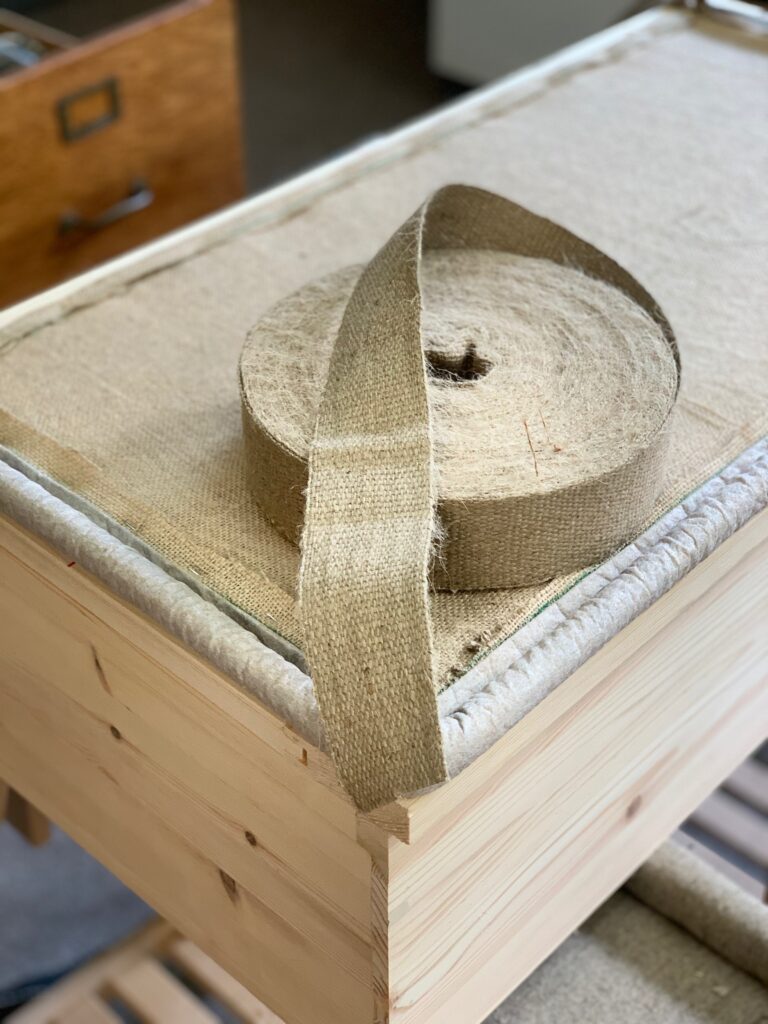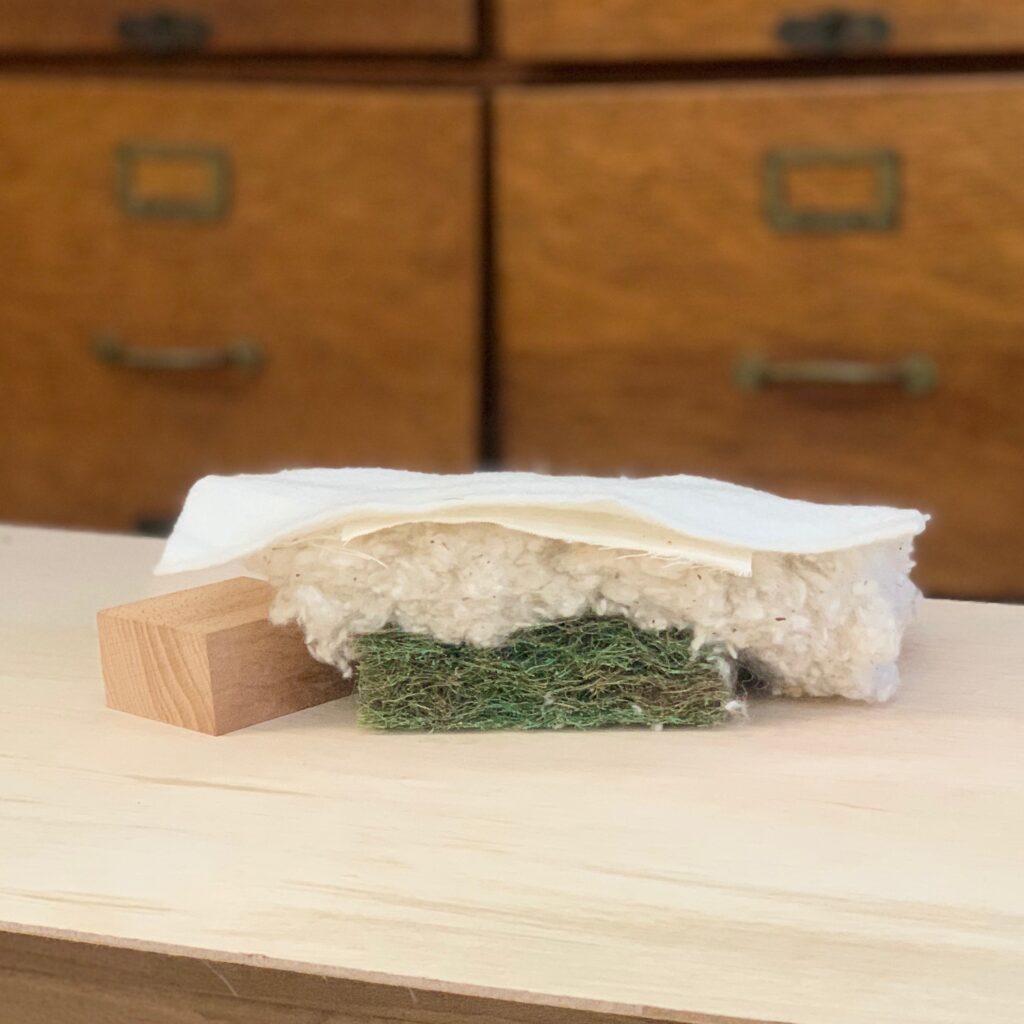A sustainable, eco friendly choice
I believe our homes should be reflections of the journeys we take. Our personal spaces deserve designs with a soul, a story, and a purpose, particularly at the time of writing this blog; in the middle of a global pandemic! Your living space is your sanctuary, non-toxic eco-friendly furniture is not only a plus for your home but also the environment. For my own furniture range I want the materials to be as clean and sustainable as possible. It’s a constant work in progress, because I’m always finding ways to improve.

So in what way is my furniture sustainable?
Made to order bespoke commissions.
The primary issue with cheap, disposable furniture isn’t just what it’s made of it’s that it’s easy to throw away. If it teeters, wobbles, breaks, or doesn’t fit a room’s changing design aesthetic, the simple solution is to throw it away, right? Though cheap furniture offers a temporary solution, investing in replacements every few years can put a damper on your wallet and the environment.
Commissioning the perfect piece for your home creates a connection which means you are less likely to dispose of it in the future. By creating a one off bespoke piece for my clients I am able to help my customers develop a relationship with their furniture. This means that they have thought about the colours, size and use and are therefore less likely to make a mistake with their purchase and get tired of it.
Samples aside, it also means that I don’t carry stock, or produce something that won’t sell.

Materials
- The wood
My frames are made to order by a local carpenter in solid FSC certified pine (not plywood). While chopping down trees to furnish your home isn’t inherently sustainable, there are some better wood choices than others. FSC certification means the wood was sourced in compliance with local laws and with respect for the rights of indigenous peoples, but it’s not always fool proof.
So what’s wrong with plywood?
Adhesives – Part of the manufacturing process is gluing pieces of veneer together at a high temperature. The heat uses a lot of energy and the adhesives used cause air pollutants.
It is also not biodegradable – Plywood made with traditional, formaldehyde adhesive should not be left on the earth to biodegrade. Chemical-laden adhesives have a high VOC emission that can increase upon degradation. A lot of furniture is manufactured with volatile organic compounds (VOCs), which are chemicals used in things like paint, leather treatments, upholstery, plywood, and pressed wood products. VOCs leach into the air in the form of a gas and exposure to VOCs has been associated with allergies, respiratory irritation, developmental and reproductive issues, and neurologic effects.
I have looked into other materials for my frames, such as bamboo. However when you consider the carbon footprint of transport and the lack of information regarding growing conditions and those of the workforce it gets a bit confusing.
In general I have found that weighing up whether one thing is more eco friendly than another is not easy. For example New Zealand produces an Ecoply which is the first company to be recognised by the FSC to be using sustainable pine trees. Though I have to ask myself does transportation from New Zealand to the UK cancel this out? I’d love to hear from someone more expert in this than myself.

2. Latex coated hair and coir as an alternative to foam.
The foam inside couches, chairs, and other upholstered furniture is often doused with flame retardant chemicals. Despite their name, flame retardants have actually been found ineffective in preventing furniture fires. During manufacturing and with use over time, these chemicals are released into the air we breathe, and then accumulate in our blood stream.
Foam itself is a derivative of petroleum, a non-renewable resource. It can’t be fully recycled and doesn’t properly decompose. However it does start breaking down from the moment that you start sitting on it. It will eventually break down into dust that is full of harmful chemicals. There is also evidence to show that foam based products have other health side effects and causes allergies.
3. Wool
Wool is such a magical material. It’s naturally breathable, hypoallergenic, temperature-regulating, antibacterial, moisture-wicking, and stain-resisting (not to mention biodegradable and renewable). I use it as an upholstery fabric, as a fluffy, comfy filling and as a flame resistant barrier cloth between the external upholstery and the wooden frame. Wool outperforms any synthetic or natural fiber in virtually any category. Because of the way the wool strands are structured, they are naturally flame-resistant.
The natural latex rubberised hair (the green layer) sits on top of the jute webbing and hessian. Over that is that is the cotton felt. Like a lot of natural materials there are lumps and bumps and they don’t offer the same smooth consistency as foam or polyester. Working with these eco friendly options takes more time to get the smooth appearance on the final layer of upholstery but I don’t consider there to be a choice.

